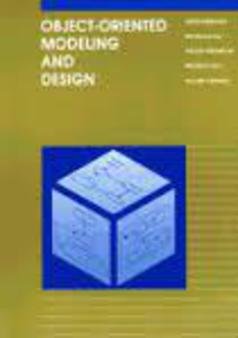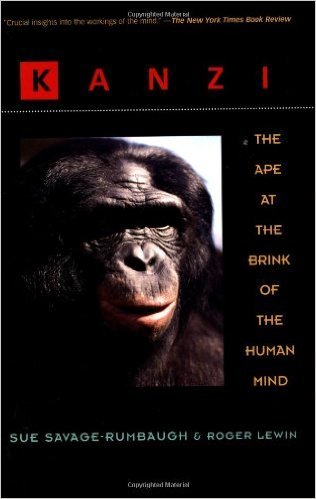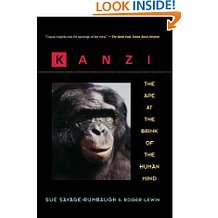Bill's own fascination with science began with a battered old schoolbook he had when he was about ten or eleven years old in America. It had an illustration that captivated him - a cutaway diagram showing Earth s interior as it would look if you cut into it with a large knife and carefully removed about a quarter of its bulk. The idea of lots of startled cars and people falling off the edge of that sudden cliff(and 4,000 miles is a pretty long way to fall) was what grabbed him in the beginning, but gradually his attention turned to what the picture was trying to teach him namely, that Earth s interior is made up of several different layers of materials, and at the very centre of it all is a glowing sphere of iron and nickel, which is as hot as the surface of the Sun, according to the caption. And he very clearly remembers thinking:How do they know that? nnBill's story-telling skill makes the How? and, just as importantly, the Who? of scientific discovery entertaining and accessible for all ages. In this exciting new edition for younger readers, he covers the wonder and mysteries of time and space, the frequently bizarre and often obsessive scientists and the methods they used, the crackpot theories which held sway for far too long, the extraordinary accidental discoveries which suddenly advanced whole areas of science when the people were actually looking for something else (or in the wrong direction) and the mind-boggling fact that, somehow, the universe exists and, against all odds, life came to be on this wondrous planet we call home.
Bill Bryson was born in Des Moines, Iowa, in 1951. He settled in England in 1977, and lived for many years with his English wife and four children in North Yorkshire. He and his family then moved to America for a few years but have now returned to the UK. He succeeded Sir Peter Ustinov as Chancellor of the University of Durham in April 2005. His bestsellers include The Lost Continent, Neither Here Nor There, Notes From a Small Island, A Walk in the Woods, Down Under and, most recently, A Short History of Nearly Everything which won the Aventis Prize for Science Books in 2004.
Table of Contents
Written with his inimitable style and humour let loose upon who we are, how we got here and the systems that support us which is all beautifully illustrated.,The incomparable Bill Bryson travels through time to bring bite-sized nuggets of information to the younger readers,This history of life, the universe and everything in between is entertaining and Bryson is an excellent guide. Great for the kids and good for parents, too.,A great gift and one that will bear dipping into many a time as children discover more about their world and the universe.,Lively and enticing.,Brilliantly abridged and humorously illustrated to appeal to younger readers, it is one to return to again and again.,It's an attractive book with some amusing illustrations.,The need to engage young people in science has never been greater and this book certainly will do this. No school library should be without this instructive, beautifully presented encyclopaedia of scientific wonders.,No school library should be without this instructive, beautifully presented encyclopedia of scientific wonders.,The witty cartoons and photos enliven the page.,Full of funny, scary and impressive facts and pictures.
| Binding |
Paperback |
| Pages |
|
| Language |
English |
| ISBN |
9.78E+11 |
A PHP Error was encountered
Severity: Notice
Message: Undefined variable: strings
Filename: views/view_book.php
Line Number: 588
Backtrace:
File: /home/u550097833/domains/ememozin.com/public_html/application/views/view_book.php
Line: 588
Function: _error_handler
File: /home/u550097833/domains/ememozin.com/public_html/application/controllers/Book.php
Line: 149
Function: view
File: /home/u550097833/domains/ememozin.com/public_html/index.php
Line: 315
Function: require_once



































